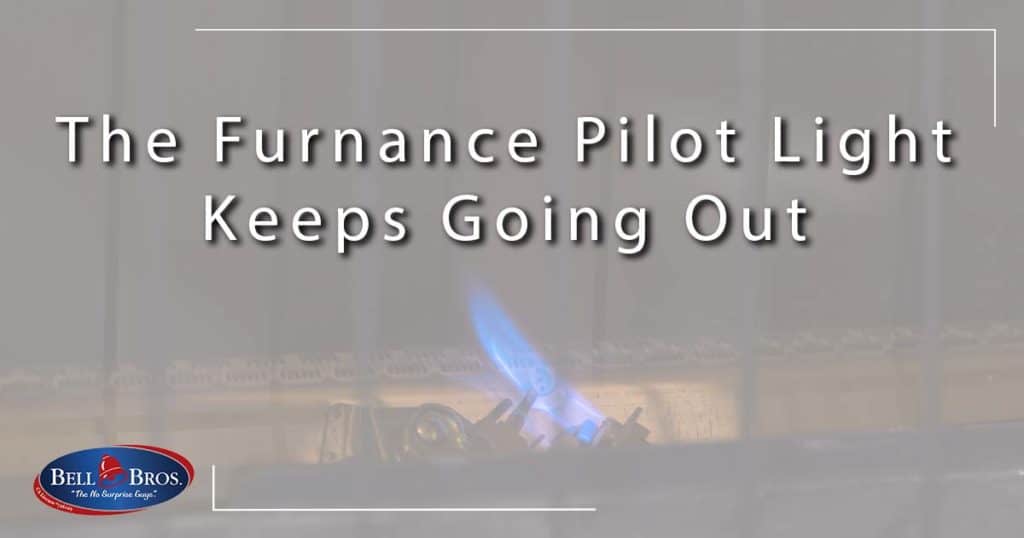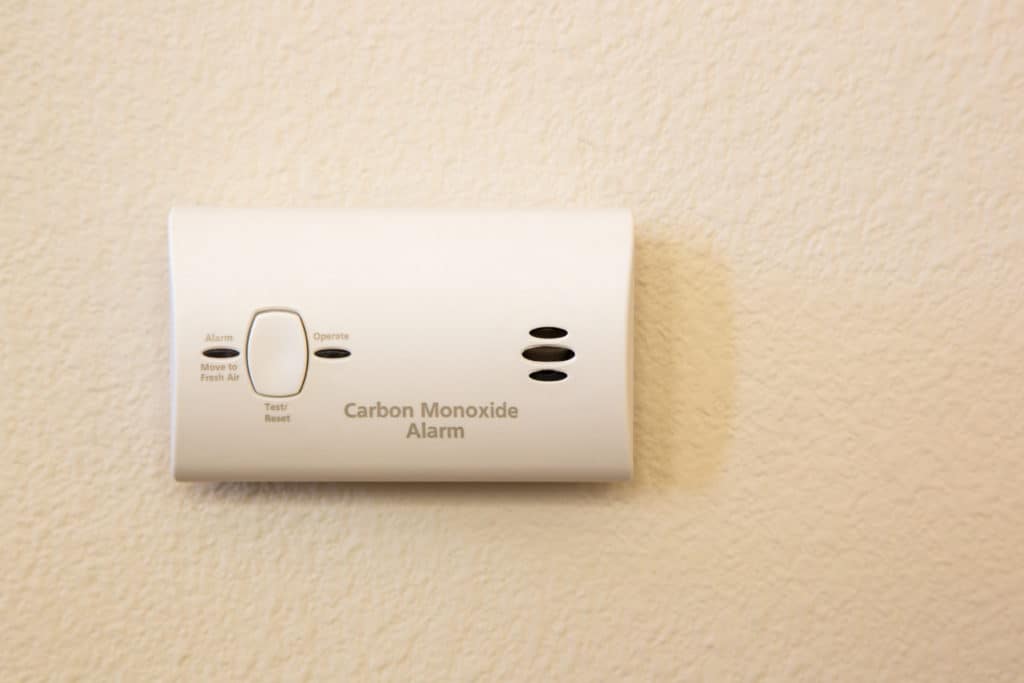
Constantly relighting your furnace pilot light can be an annoyance. But, we’ll go over what it is, reasons it could be going out, and how to relight it so your home has ample heat from the furnace.
What is a Pilot Light?
It’s a small, blue flame that ignites the natural gas flowing into the furnace’s main burner. When the furnace turns on, the gas releases into a valve and the gas comes into the pilot light.
 Reasons Pilot Light Keeps Going Out
Reasons Pilot Light Keeps Going Out
The flame may go out for any number of reasons, but these are three of the most common.
Pilot Light is Dirty
When the pilot orifice, or opening, becomes dirty with soot, dust, dirt, or other debris, it won’t allow enough gas to reach the flame, causing it to go out. Look at the flame color; it should be blue-green. But if you see yellow or orange, it usually means the opening is dirty.
To clean the opening, start by turning off the furnace and disconnecting it from the power source, usually at the circuit breaker. Then, use compressed air or a needle to clean dirt and debris from the opening. Restore the power and turn the furnace back on.
Thermocouple Fails (broken, dirty, off center)
Because a thermocouple is a piece of metal, the regular expansion and contraction from its heating and cooling will eventually cause it to break. It may slowly move out of center during the expansion and contraction, which means the flame can’t fully encompass the thermocouple and causes a gas shutoff.
Drafty Basement or Attic
It doesn’t take gale-force winds to blow out a pilot light. A drafty basement or attic can have enough air flow to blow out the flame. Or, leaky furnace ducts may allow in a backflow from the outside air. If you suspect extra airflow is the cause, contact an HVAC technician to schedule a ductwork inspection.

How to Re-Light Pilot Light
Most pilot lights can be relit in a few minutes. But if yours doesn’t relight, or goes out again within a few minutes, contact an HVAC company immediately. There could be a larger, more serious issue within the furnace that needs to be repaired.
Check the Manual
The owner’s manual for your furnace will have the most explicit directions for its make and model. If you can’t find the manual, check the manufacturer’s website — many companies keep a repository of manuals and other support materials.
Turn off the Gas
Turn off the gas supply to the furnace then disconnect the furnace’s power source from the circuit breaker. Wait at least five minutes for the residual gas to dissipate before proceeding to the next step.
Reset the Gas and Light the Pilot Light
Turn the gas and power supply back on then move the dial to the pilot setting — this allows gas to resume flowing to the pilot opening. Locate the reset button and press once. Relight the pilot with a long lighter, such as one used for grills. The flame should reappear immediately.
Pilot Light Safety and Maintenance Tips
Schedule Routine Tune-Ups and Maintenance
If your pilot light keeps going out, it usually signals a larger issue within the appliance. Regular furnace maintenance is the best way to stay ahead of any issues while keeping your home safe. During a tune-up, an HVAC technician gives the entire furnace a thorough check and makes repairs as necessary, such as:
- Inspecting the vent system and removing debris
- Examining the heat exchanger
- Checking the burner and flame sensor
- Testing the furnace’s safety controls.
Make sure to Change Your Air Filter
A clean air filter stops dust, debris, fur, and hair from flowing into the furnace; these can clog the blower fan, thermocouple, and other sensitive components. It also stops the furnace from essentially recycling these air pollutants by returning them into the home with warm air.
 Place Carbon Monoxide Detectors in Bedrooms
Place Carbon Monoxide Detectors in Bedrooms
Unfortunately, the pilot light may create more carbon monoxide (CO) as the furnace ages. CO is an odorless and colorless toxic gas created through the burning of fuel, such as when the furnace burns gas to produce heat. Since it can occur at any time of day, it’s strongly recommended to keep CO detectors in every room of the home, especially bedrooms. Remember to check each detector and change the batteries at least once a year.
 The furnace pilot light might be a tiny flame, but it will responsibly provide heat and comfort with regular maintenance and care. Have furnace questions? Call a Bells Bros professional today.
The furnace pilot light might be a tiny flame, but it will responsibly provide heat and comfort with regular maintenance and care. Have furnace questions? Call a Bells Bros professional today.

